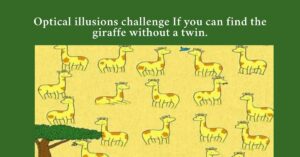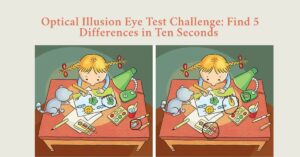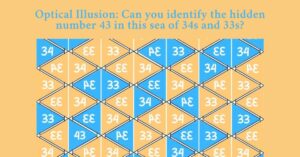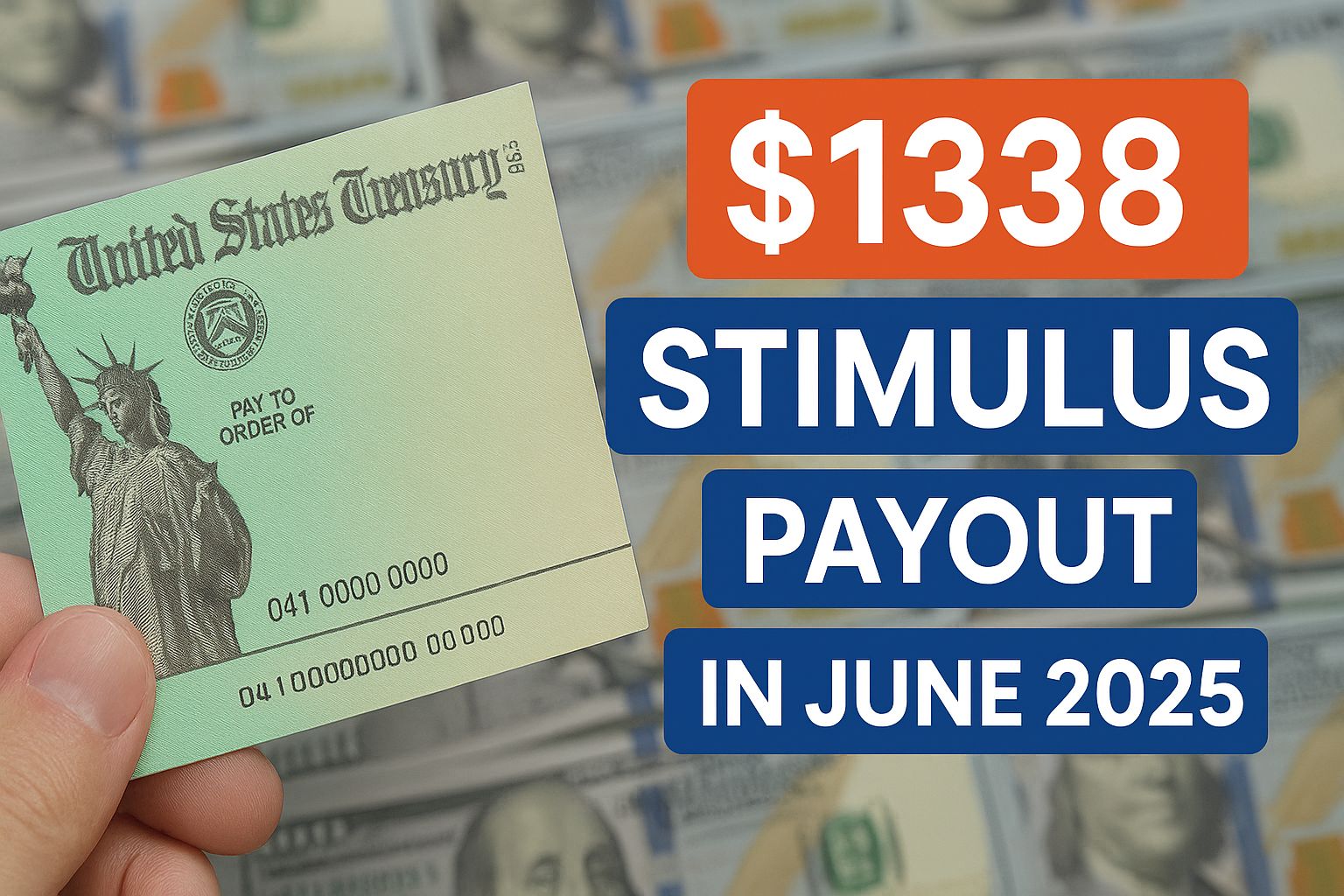An intriguing method to assess your brain’s capacity for pattern recognition, concentration, and anomaly detection is through optical illusions. Users must locate the number 28 concealed in a grid of identical pairs of 29 and 92 in today’s problem. Even if the numbers might appear consistent at first, a perceptive observer with good vision can identify the odd one out.
The Task: Identify the 28

A sequence of circular numbers in alternating shades of red and green are seen in the image. The majority of the numbers, which are grouped in a systematic manner, are 29 and 92. Nevertheless, one 28 is hidden inside the grid. The difficulty is in separating the numbers that don’t belong and eliminating the ones that are repeated.
Doesn’t that sound simple? Rethink your assumptions! Because patterns are inherently appealing to the brain, it can be challenging to distinguish the odd number from the others. Because of this optical illusion, the 28 appears to mix in perfectly with the 29s and 92s, deceiving the mind.
The Science of Visual Delusions
This and other optical illusions affect how the brain interprets visual data. Our brains have trouble solving these kinds of riddles, which is explained by the Gestalt Principles of Perception. According to the law of resemblance, our minds tend to group things together when they have similar appearances. We automatically ignore minor differences between 29 and 92 because they are visually comparable.
Furthermore, placing things closely together causes visual crowding, which makes it more difficult to notice subtle distinctions. It gets harder for the eyes to detect irregularities the closer the elements are to one another.
How Fast Can You Locate It?
According to studies, those with good cognitive function and keen attention to detail may distinguish the difference in less than ten seconds. However, it can take a minute or more for some people to find the hidden 28.
Here are some pointers to assist you if you’re still having trouble:
- Scan Row by Row: Pay close attention to each row of the image rather than viewing it as a whole.
- Look for Subtle Changes: The 28 can be identified by a minor change in shape, even if the numbers may appear similar.
- Mentally Reverse the Image: Sometimes, concentrating on the background instead than the foreground helps bring out details that are buried.
Optical Illusions’ Advantages
In addition to being entertaining, optical illusions offer important cognitive advantages. These puzzles enhance:
Concentration and focus: Developing the ability to see details helps you become a better observer.
Problem-solving skills: Your brain becomes more adept at interpreting visual patterns.
Memory retention: Brain-teaching exercises improve cognitive and memory performance.















